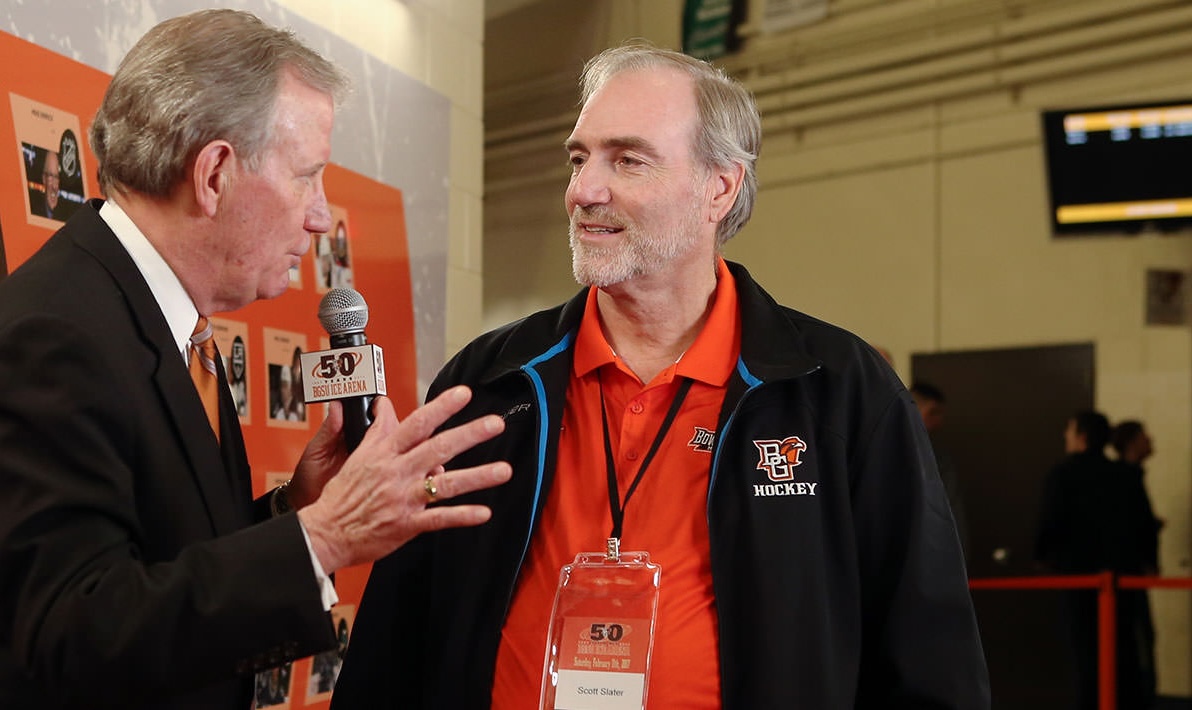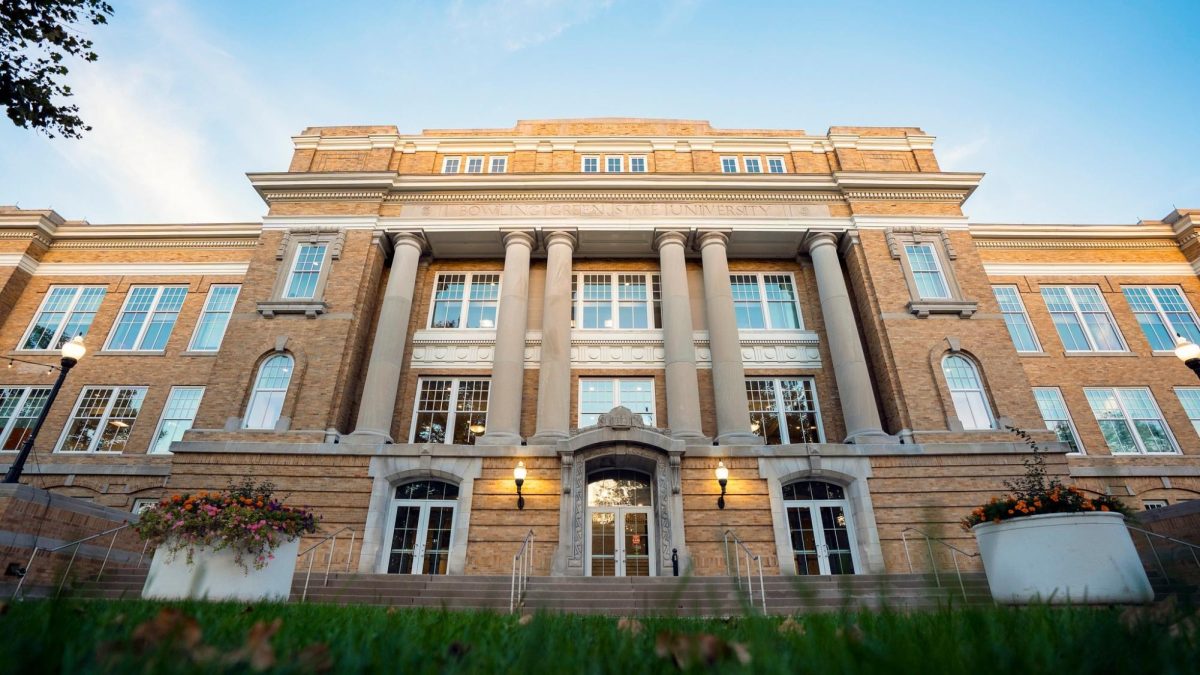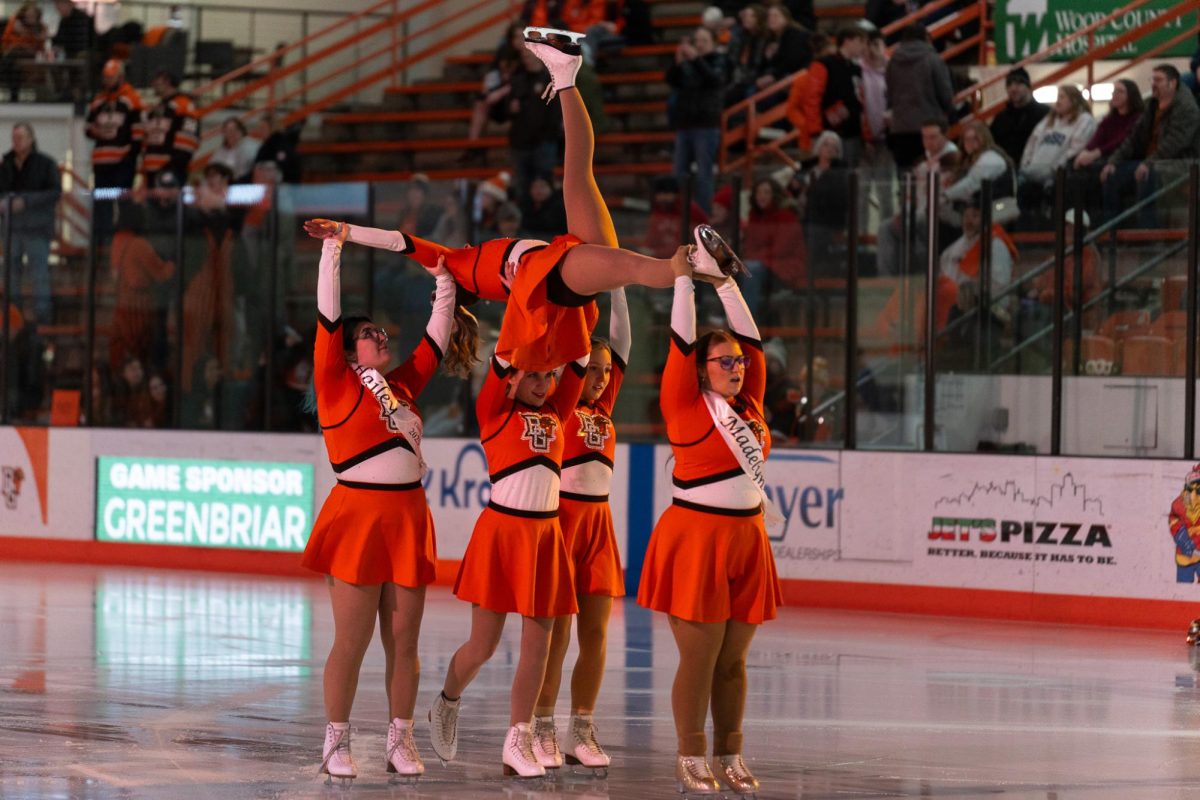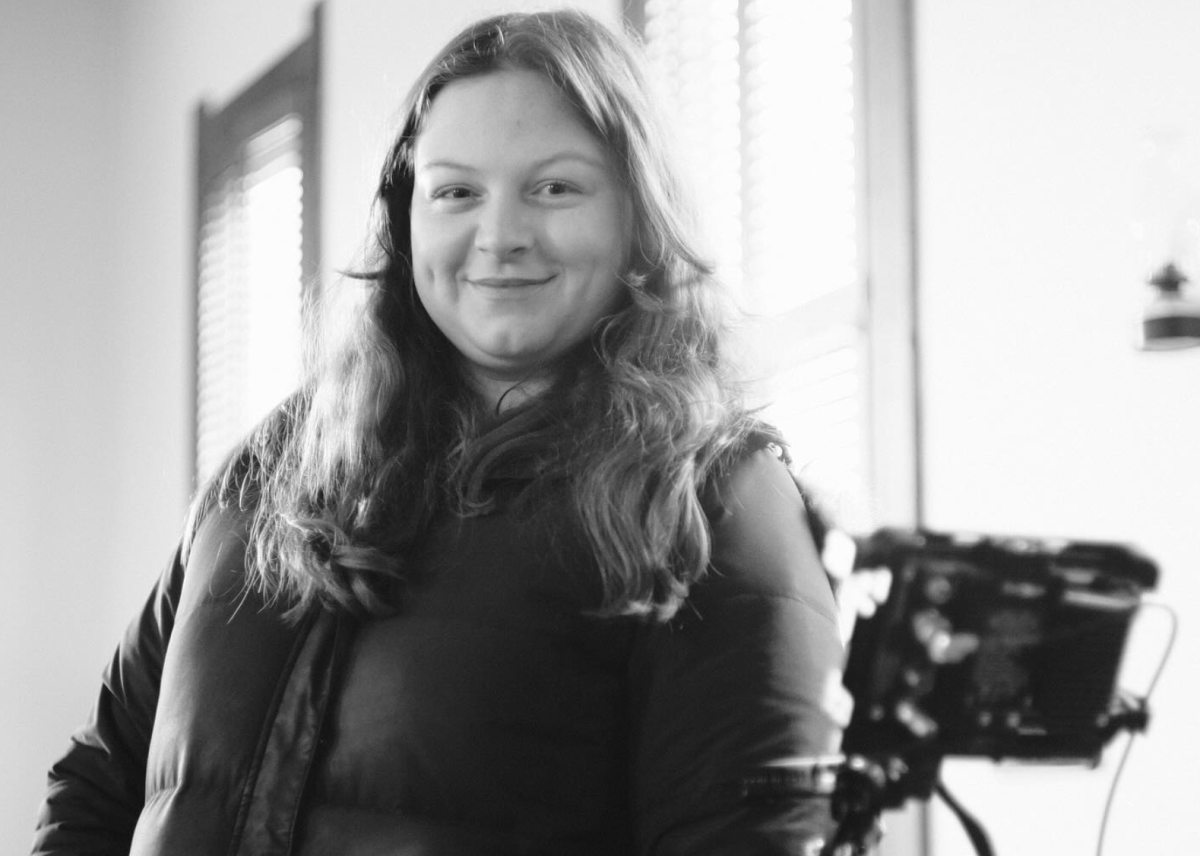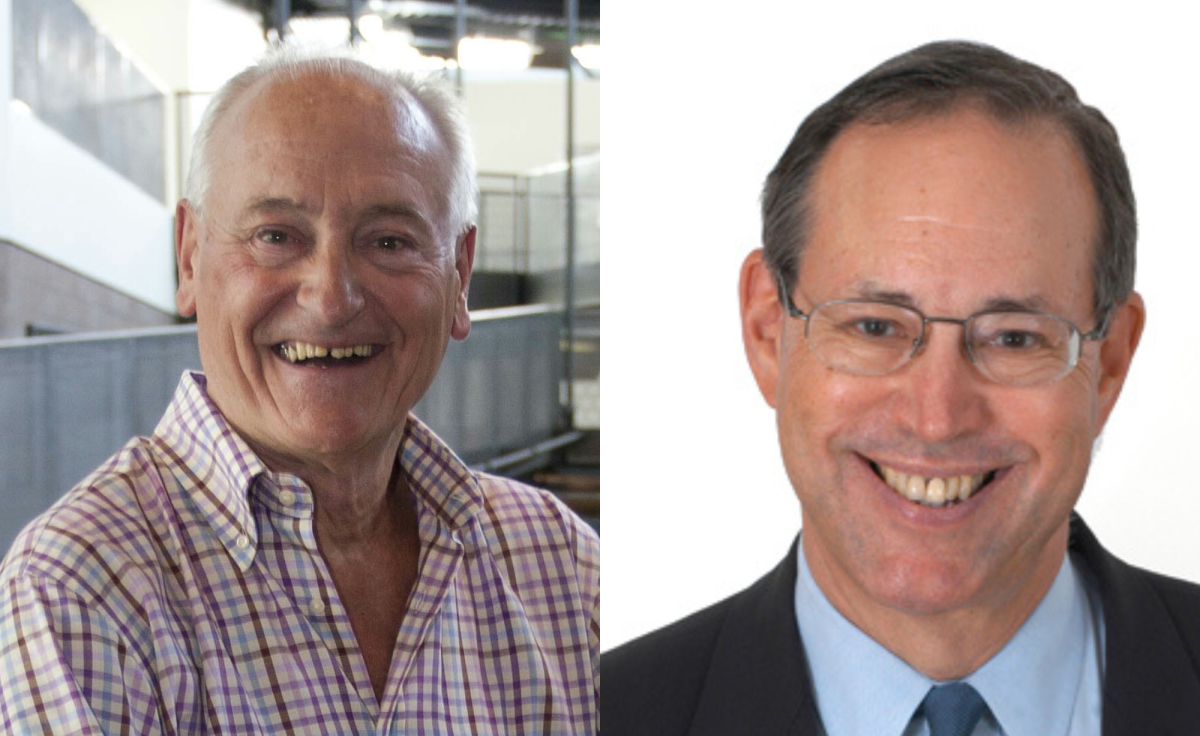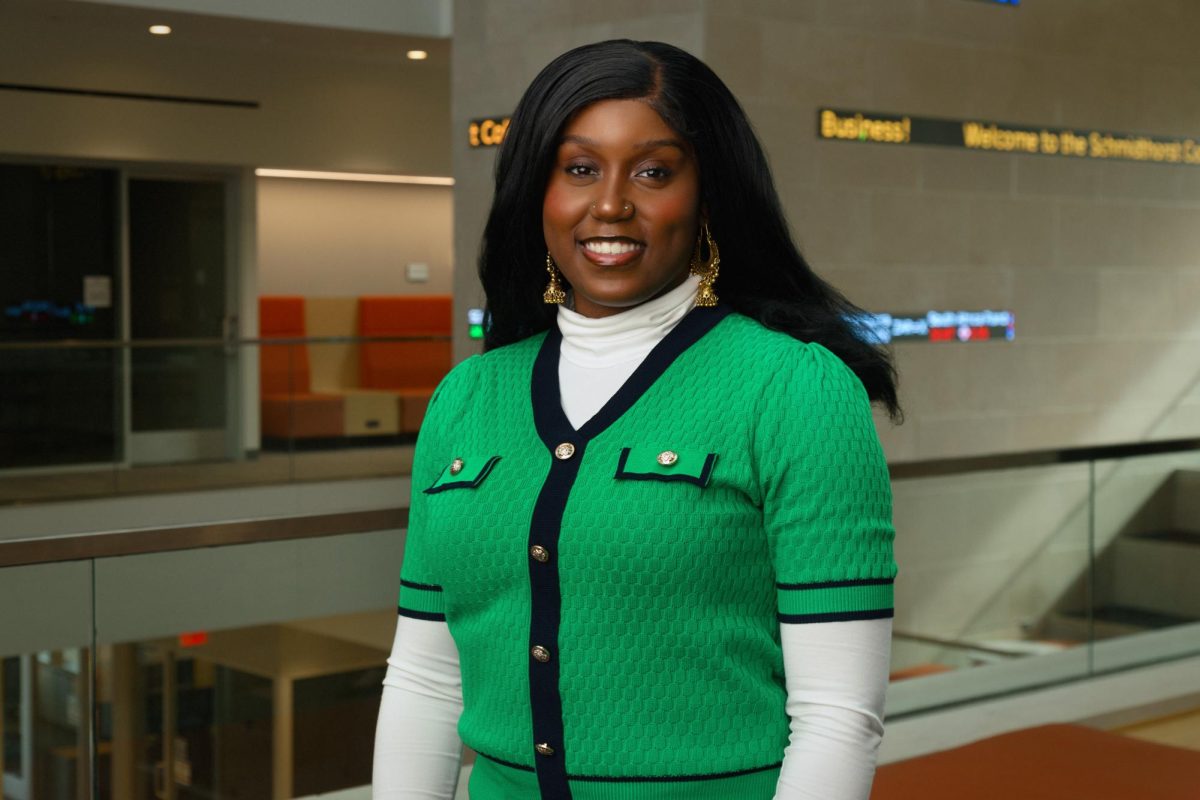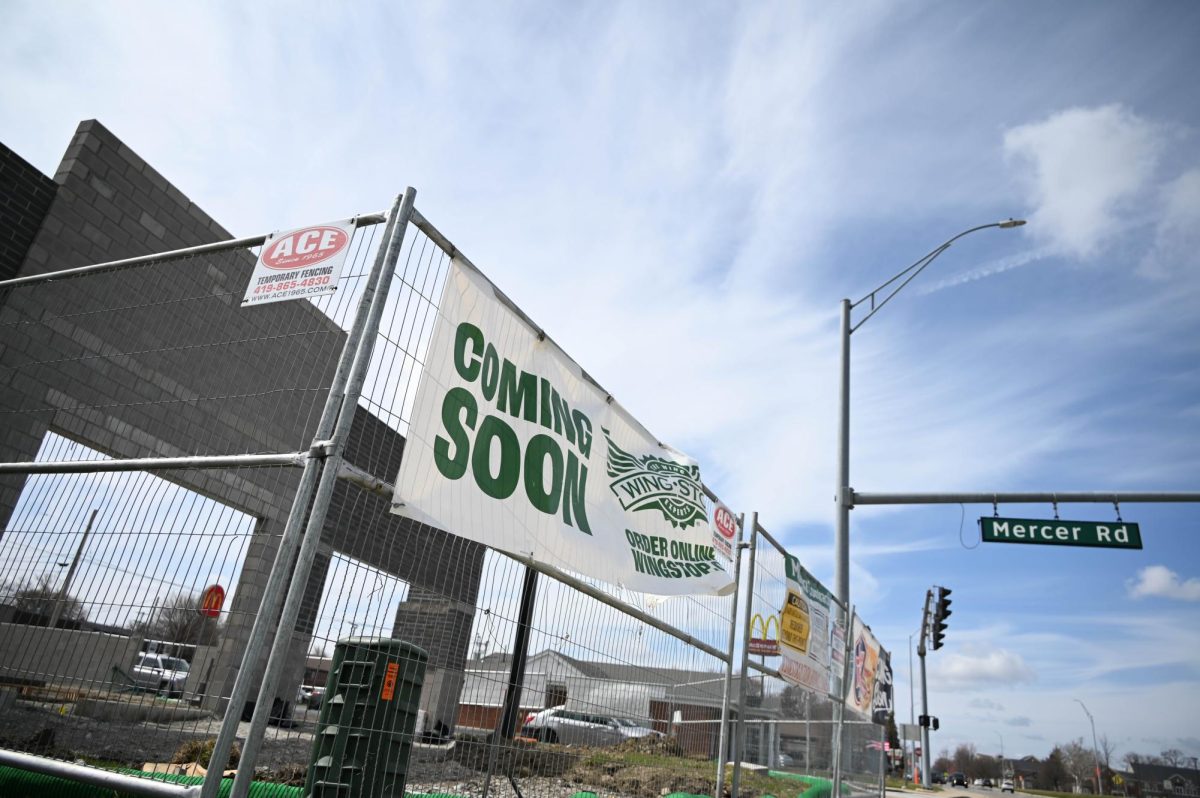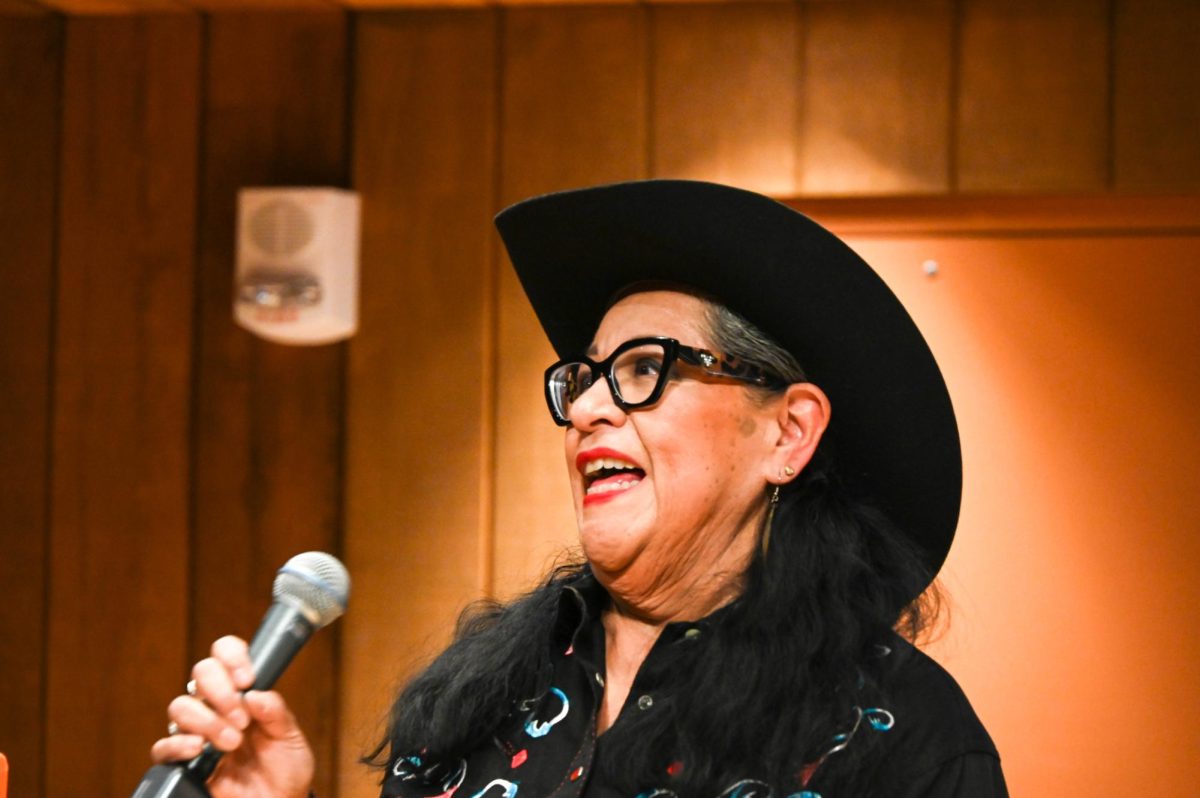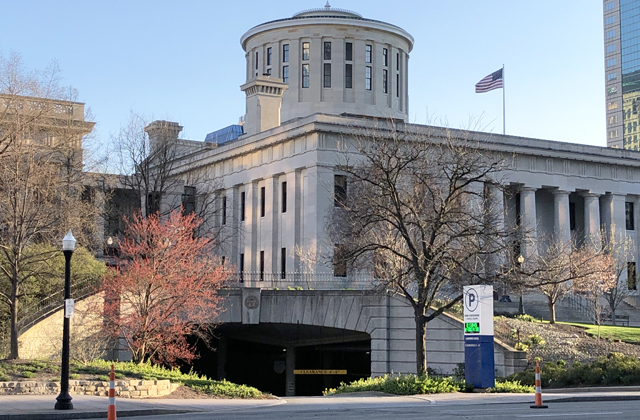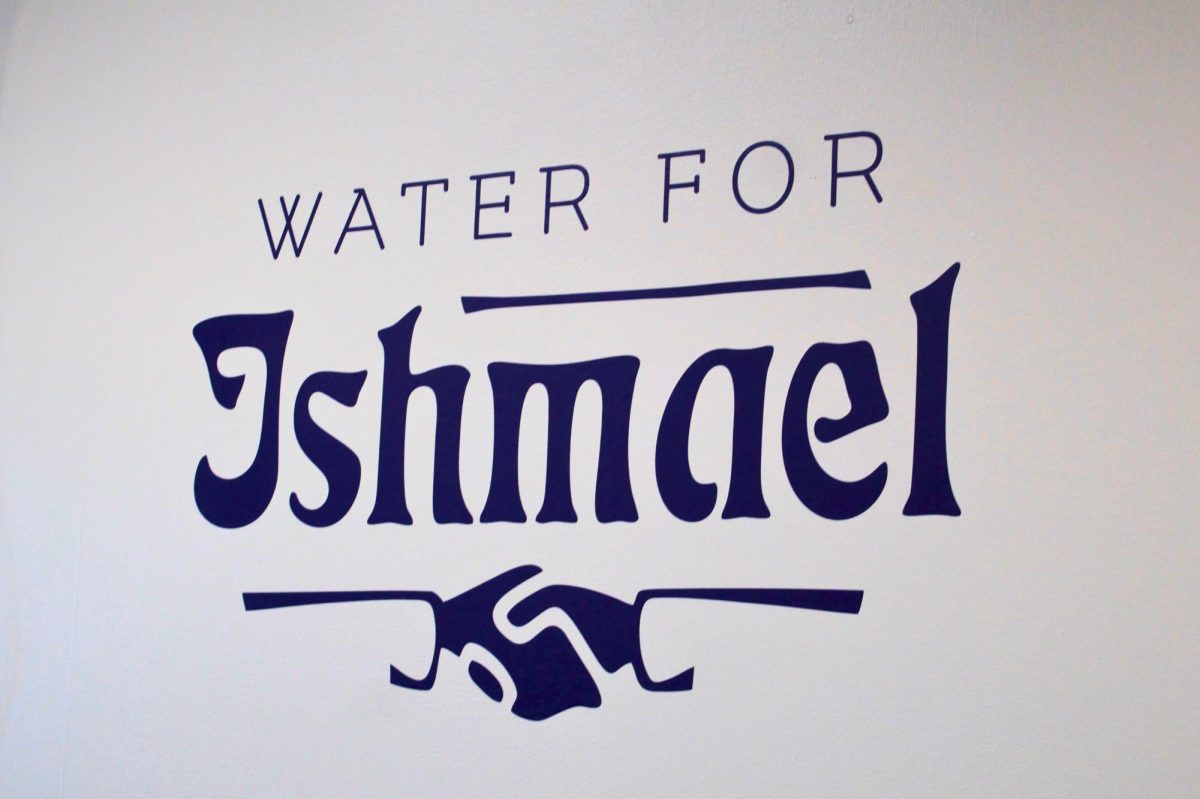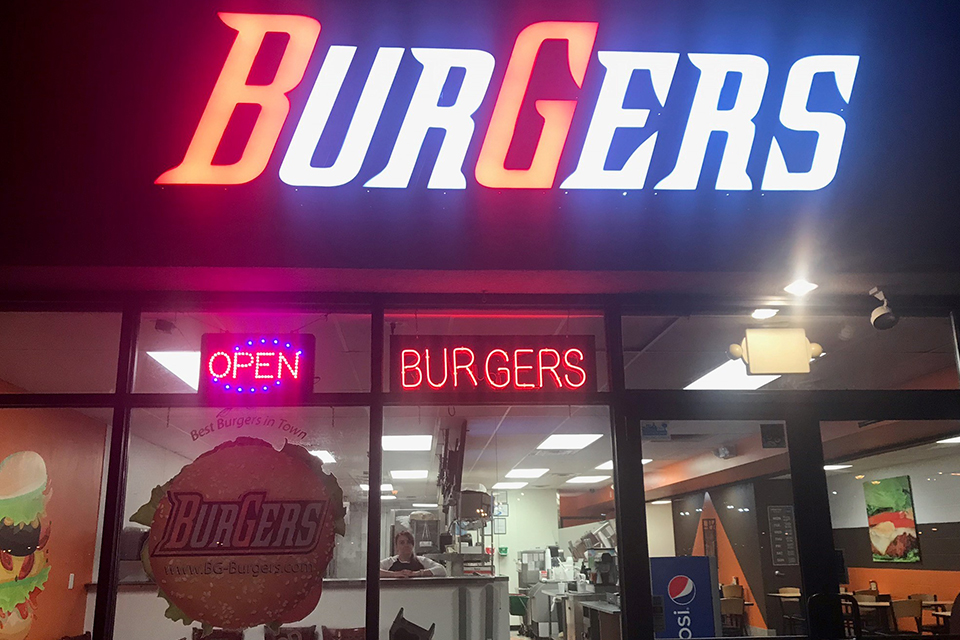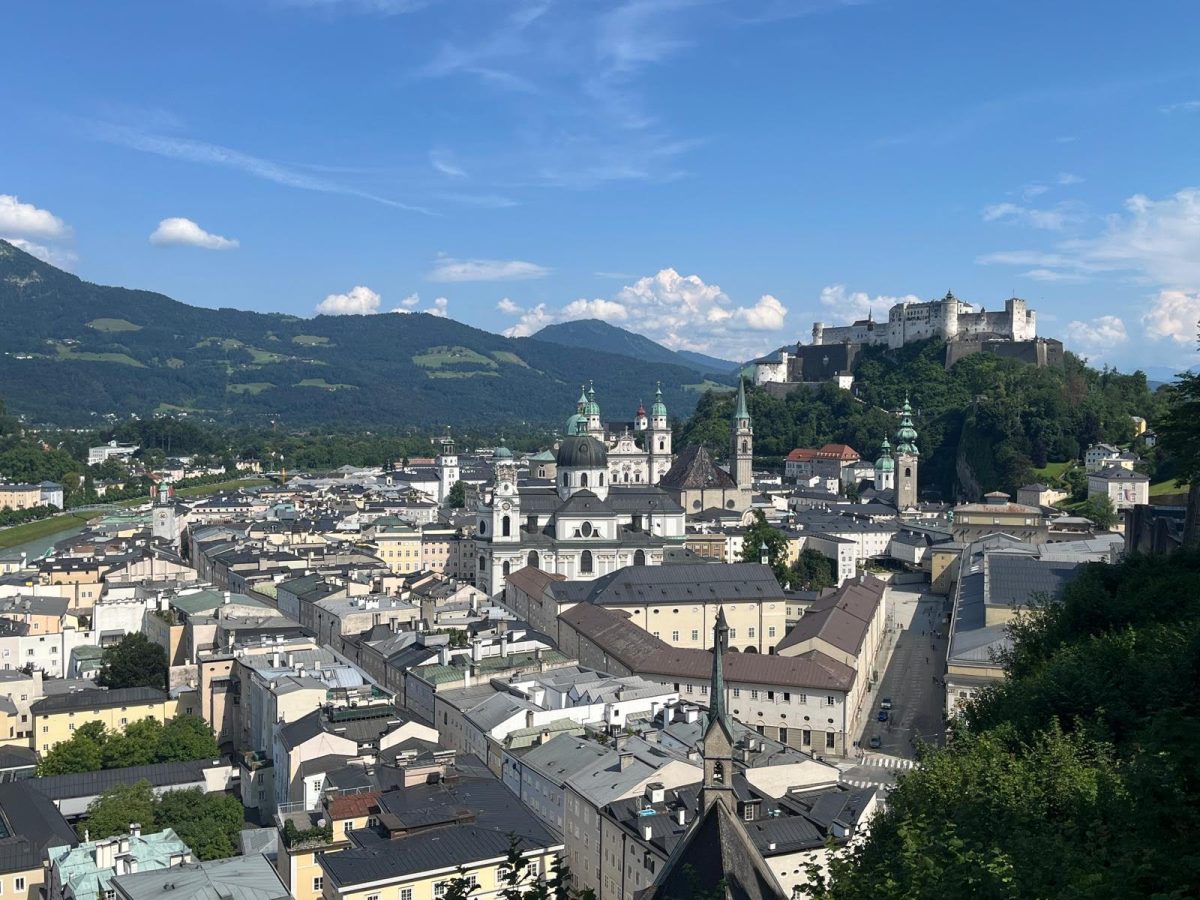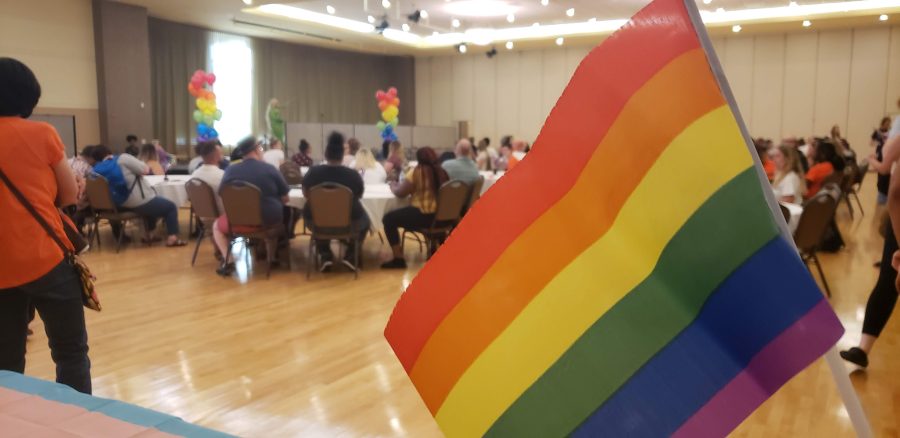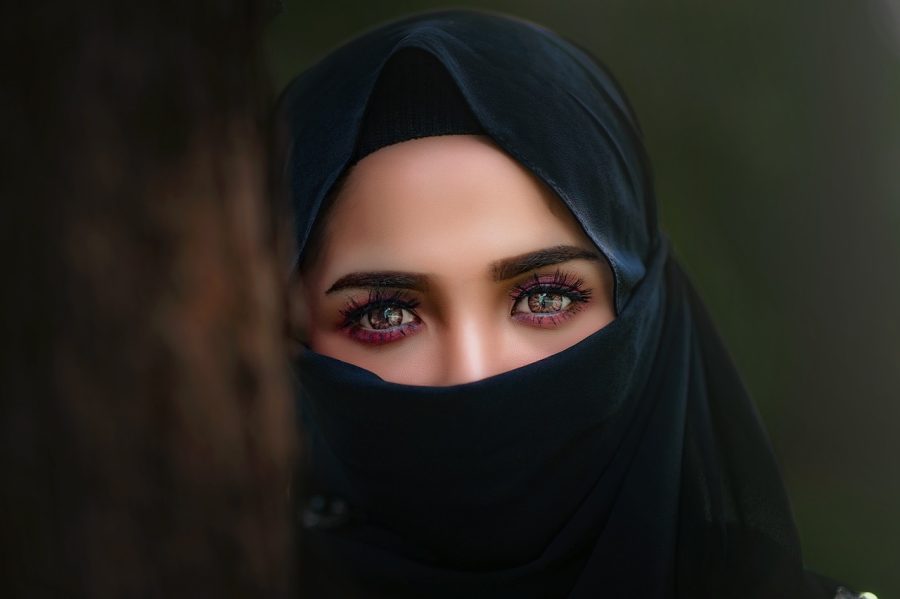The University has been in possession of ancient Roman mosaics since it first purchased them from a New York art dealer in 1965. Now, it is planning to move them back to where they originally came from: Zeugma, Turkey.
The University originally acquired the pieces from a New York company known as Peter Marks Works of Art for $35,000. Hugh Broadley, an assistant professor in the School of Art at the time, along with the then University President William T. Jerome, made the purchase.
The mosaics were held in storage until they were periodically on display in the McFall Center. When the Wolfe Center for the Arts was planned for construction, someone suggested the mosaics be displayed in it. The University designated the Eva Marie Saint Theatre as the space for them.
After the plan of displaying the mosaics in the Wolfe Center took hold, the University requested a symposium regarding the mosaics in 2012. Former University faculty member Stephanie Langin-Hooper was asked to investigate them for the symposium. She also invited Rebecca Molholt, a faculty member at Brown University at the time, to assist with the investigation.
Originally, the school thought the mosaics had been from an approved dig in the ancient Greek Antioch city ruins site near Antakya, Turkey, which Princeton University oversaw. But through Langin-Hooper and Molholt’s investigation, the University discovered the mosaics did not match those dug up in Antioch. The investigators thought they were looted from Zeugma around the early 1960s, instead.
“The University was pretty quick in responding to that,” Lesa Lockford, chair
of the Department of Theatre and Film, said.
The University and the Turkish government have been in negotiations ever since the discovery of the true origins of the mosaics. An agreement was recently reached in which the University would be held harmless if it returned the mosaics.
The Ministry of Tourism and Culture of Turkey has agreed to create replicas of the pieces and bring them back to the University for display. The original mosaics are to be displayed at the Zeugma Mosaic Museum in the Turkish city of Gaziantep.
[[inline_image_identifier 577d95b411491706244c388ddc554e2f.jpg]]
“It’s a good thing to have this agreement. It’s the right thing to do, there’s no question,” Dean of the College of Arts and Sciences Raymond Craig said.
A set date has not been established for the exchange, but the earliest time it could happen would be sometime in November. The 12 main mosaics will be returned along with about “90 pounds of boxed fragments … called tesserae,” Craig said. These tesserae are smaller pieces of tile that go along with the mosaics.
Without the mosaics in place, the space in the Eva Marie Saint Theatre will be empty until replicas of the mosaics made to replace the real ones arrive. The school does not have an established plan of what will be put in the displays in the interim between returning the mosaics and receiving the replicas. Craig said a possible plan would be to take photographs of the mosaics before taking them out and displaying those photographs until the University obtains the replicas.
“It was a BGSU faculty member who spearheaded the effort to establish where they really came from. And without the scholarship of our own art historian, no one would know where they were from or what they were about,” Craig said.


